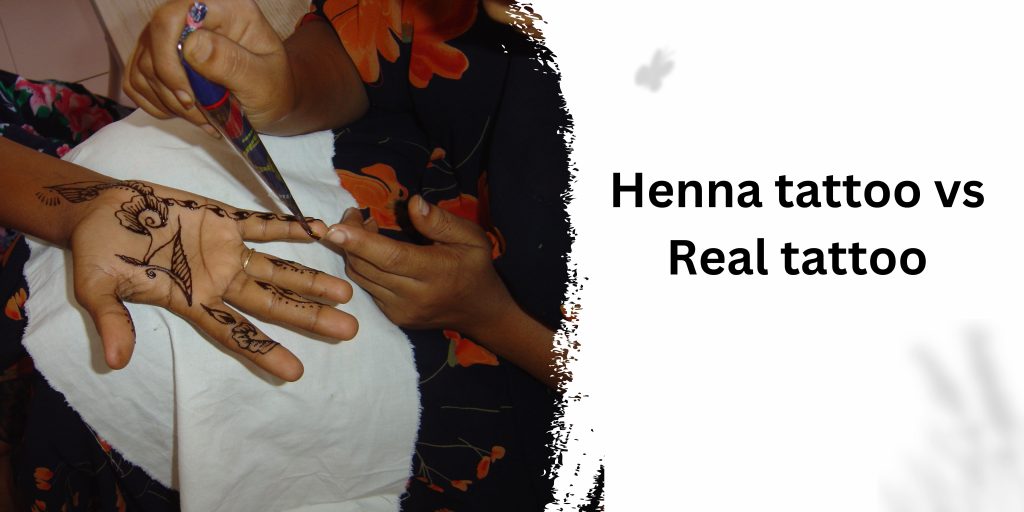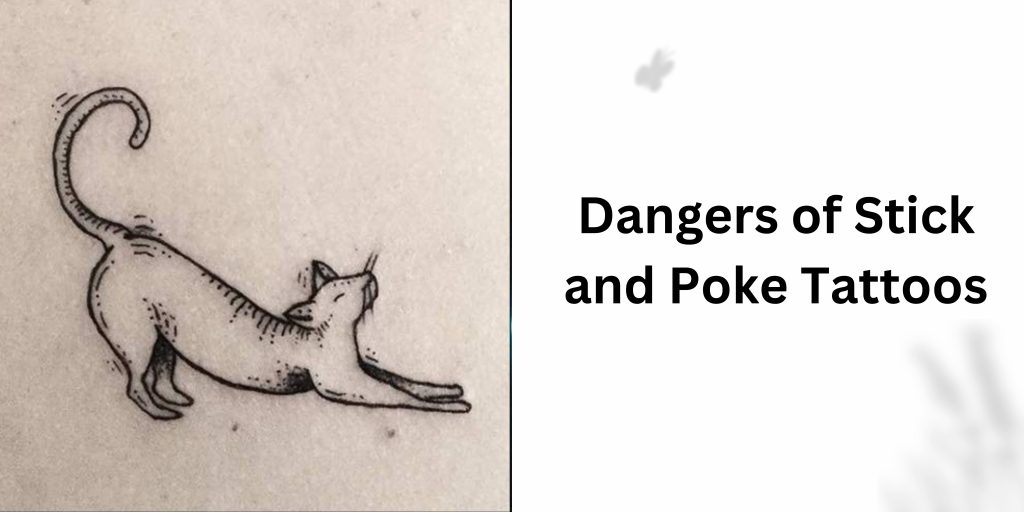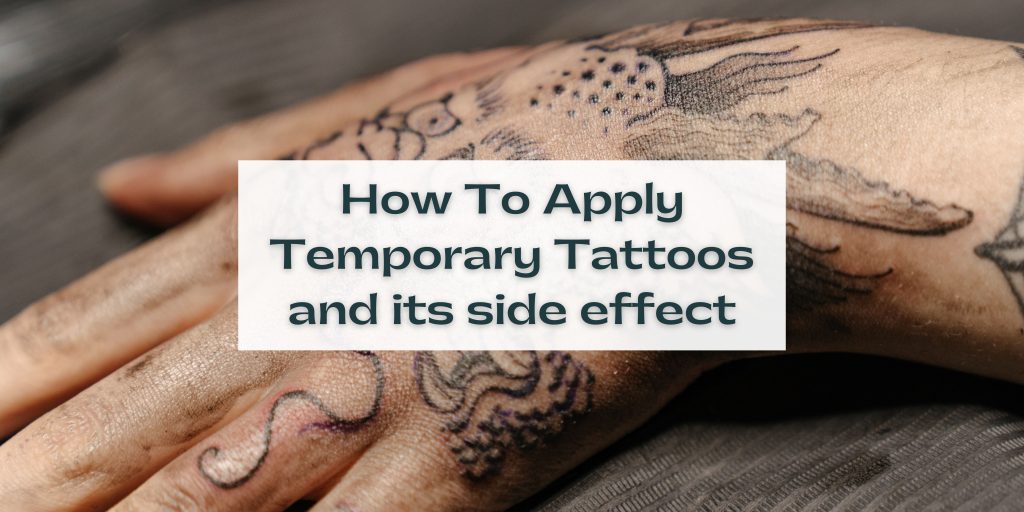Henna tattoos are a popular form of temporary body art that has gained significant recognition for its cultural significance and stunning designs. If you’ve recently got a henna tattoo or are considering getting one, it’s essential to understand how to properly care for it. In this article, we’ll explore everything you need to know about how to take care of henna tattoos, from their application process to aftercare and maintenance. So, let’s dive in!
Understanding Henna Tattoos

What is Henna?
Henna is a natural dye derived from the leaves of the henna plant (Lawsonia inermis). It has been used for centuries to create beautiful and intricate designs on the skin. Henna paste, made by crushing the henna leaves into a powder and mixing it with water or other natural ingredients is applied to the skin, leaving behind a reddish-brown stain.
How Henna Tattoos Work
When the henna paste is applied to the skin, lawsone molecules in the henna bind with the keratin in the top layer of the skin, staining it temporarily. The longer the henna paste remains on the skin and the more it is cared for afterwards, the darker and longer-lasting the stain will be.
Different Types of Henna Tattoos
Henna tattoos come in various forms, ranging from traditional patterns to modern and personalized designs. Some popular types include:
- Traditional Indian and Pakistani henna designs
- Arabic and Moroccan henna patterns
- Contemporary and fusion henna designs
Temporary vs. Permanent Henna Tattoos
It’s important to note that henna tattoos are temporary, lasting anywhere from one to four weeks, depending on various factors. Permanent black henna tattoos, which often contain harmful chemicals like para-phenylenediamine (PPD), are a different category altogether and should be avoided due to potential skin reactions.
Preparing for a Henna Tattoo
Researching and Choosing a Henna Artist
Before getting a henna tattoo, take the time to research and find a reputable henna artist. Look for experienced artists with positive reviews and a portfolio of their work. This ensures that you’ll receive a quality henna design and reduce the risk of any adverse reactions.
Checking for Any Allergies or Sensitivities
Henna is generally safe for most people, but it’s crucial to perform a patch test to check for any allergies or sensitivities before getting a full henna tattoo. Apply a small amount of henna paste to a small area of your skin and wait for 24 hours to see if any adverse reactions occur.
Preparing the Skin for Henna Application
To achieve the best results, prepare your skin before the henna application. Ensure that the area where the tattoo will be placed is clean and free from any oils, lotions, or dirt. Exfoliating the skin gently can help remove dead cells and create a smooth surface for the henna paste.
Deciding on the Design and Placement
Take your time to choose a henna design that resonates with you. Whether you prefer a traditional pattern or a unique custom design, discuss your ideas with the henna artist and collaborate on the final design. Also, consider the placement of your tattoo, taking into account factors like visibility, size, and personal preference.
The Application Process
Applying henna requires precision and care to achieve a beautiful and long-lasting result. Here’s a step-by-step guide to the henna application process:
- Cleansing the Skin: Thoroughly clean the area where the henna tattoo will be applied to remove any dirt, oils, or residue.
- Mixing and Preparing the Henna Paste: Prepare the henna paste by mixing the henna powder with water or other natural ingredients like lemon juice, tea, or essential oils. Let the paste sit for a few hours to allow the dye to release.
- Applying the Henna Design: Use a cone or applicator bottle to carefully apply the henna paste onto the skin, following the chosen design. Start from the centre and work outward for symmetrical results.
- Allowing the Henna to Dry and Set: Once the henna design is applied, let it dry naturally on the skin for at least a couple of hours. Avoid touching or smudging the design during this time.
- Tips for a Successful Application: To ensure the best results, consider these tips:
- Maintain a steady hand while applying the henna.
- Apply a thin and even layer of henna paste.
- Avoid excessive movement or friction that could cause smudging.
Caring for Henna Tattoos
Taking proper care of your henna tattoo after application is essential to maximize its longevity and vibrancy. Follow these instructions for henna tattoo aftercare:

Avoiding Water and Moisture:
Avoid contact with water for at least 24 hours after the henna application. Water can lighten the stain and disrupt the colour development process.
Protecting the Henna Design:
Once the henna paste has dried, apply a thin layer of lemon sugar sealants or natural oils, such as coconut oil or olive oil, to protect the design and enhance the colour.
Extending the Lifespan of the Tattoo:
To make your henna tattoo last longer, avoid scrubbing or exfoliating the area and minimize exposure to harsh chemicals and soaps. Additionally, limit activities that cause excessive sweating.
Recommended Products for Henna Tattoo Care:
Consider using natural products specifically formulated for henna tattoo care, such as henna balms, creams, or sprays. These can help nourish the skin and prolong the life of your henna design.
Tips for Maintaining Henna Tattoos
To ensure your henna tattoo remains vibrant and beautiful for as long as possible, follow these maintenance tips:
Protecting the Henna Tattoo from Fading:
Avoid direct sunlight, excessive heat, and chlorinated water, as these can fade the henna design prematurely.
Avoiding Direct Sunlight and Excessive Heat:
UV rays from the sun can accelerate the fading process. Whenever possible, cover your henna tattoo with clothing or sunscreen when exposed to sunlight. Excessive heat can also cause the henna paste to melt, resulting in smudged designs.
Moisturizing and Nourishing the Skin:
Apply a natural moisturizer, such as coconut oil or shea butter, to keep the skin hydrated and prevent it from drying out. Well-moisturized skin helps maintain the richness of the henna colour.
Refreshing and Touching Up the Design:
Over time, the henna tattoo will naturally fade. To keep it looking fresh, you can touch up the design by applying fresh henna paste or enhancing the colour using natural henna sealants.
Cultural Significance of Henna Tattoos
Henna tattoos have deep cultural significance in many regions of the world. Explore the traditions, rituals, and symbolism associated with henna tattoos in different cultures and communities. Gain insights into the meanings behind various henna designs and how they reflect cultural identity and celebrations. but in Muslim religions don’t do tattoo
Henna Tattoo Inspiration and Design Ideas
Discover a world of henna tattoo inspiration and design ideas. Explore different styles, patterns, and motifs used in henna art. From traditional to contemporary designs, this section will provide visual examples and spark creativity for your own henna tattoo journey.
Read More: How to Care for a New Tattoo in the Summer
Conclusion
Taking care of your henna tattoo is crucial for maintaining its beauty and longevity. From preparing your skin to following proper aftercare techniques, each step plays a vital role in ensuring your henna tattoo stays vibrant and lasts as long as possible. Remember to research and choose a skilled henna artist, protect your tattoo from water and excessive sun exposure, and nourish your skin to maintain its health. By following these guidelines, you can enjoy your henna tattoo and embrace the cultural beauty it represents.
How to Take Care of Henna Tattoos (FAQs)
Here are some frequently asked questions about henna tattoos







